Indonesia’s traditional dances depict more than graceful movements accompanied by traditional musical instruments - they carry deep meanings. Approximately 3,000 traditional dances cover Indonesia, each portraying its own distinctive characteristics and uniqueness, following the culture, beliefs, and traditions of varied regions.
It’s no surprise that Indonesian traditional dances have never ceased to be an impressive cultural attraction. In fact, the Indonesian Education and Culture Ministry has claimed hundreds of them as intangible cultural heritage. Familiarise yourself with some notable traditional dances across the archipelago through the list below.
Unravel the Beauty and Meaning Behind Indonesian Traditional Dances
SUMATRA
Piring Dance
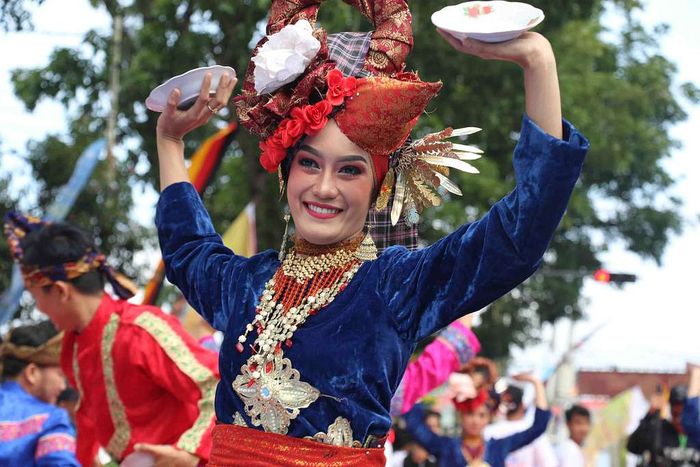
Minangkabau dancers carry plates and follow the rhythm of traditional Minangkabau musical instruments called Talempong and Saloang to perform the Piring dance. This dance is performed by both men and women to offer offerings to God as a symbol of gratitude for abundant harvests.
Performed at weddings, welcoming guests, and traditional ceremonies, this dance involves agile movements while holding a plate in hand. If the plate is thrown up and breaks, the dancer will move on the broken pieces of the plate without harming their feet.
Tor Tor Dance
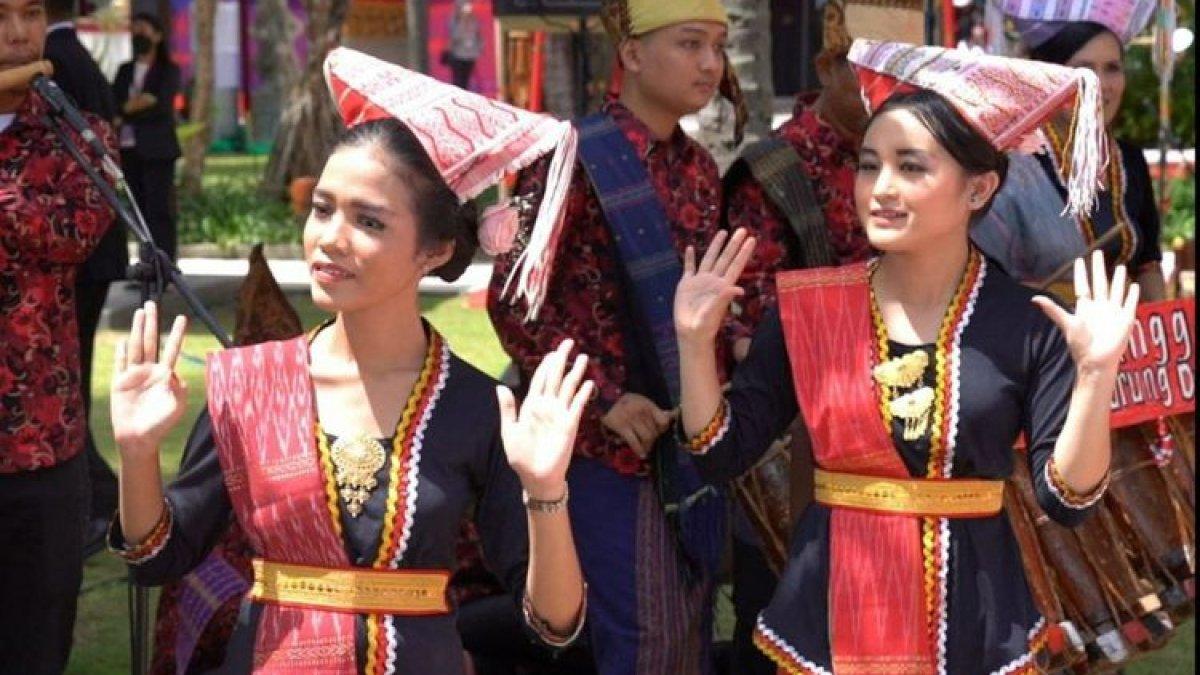
Hailing from the Batak Toba in North Sumatra is the Tor Tor dance. This dance is a traditional Batak celebration that has existed for hundreds of years. Based on history, Tor Tor originally served as a ritual and sacred performance during ceremonies related to death, illness, and other occasions.
Over time and the influence of Hindu-Buddhist culture, the Tor Tor dance has evolved beyond mere ceremonial purposes. The simple hand movements are juxtaposed by the costume made of Batak woven songket fabric, complete with head accessories.
Saman Dance
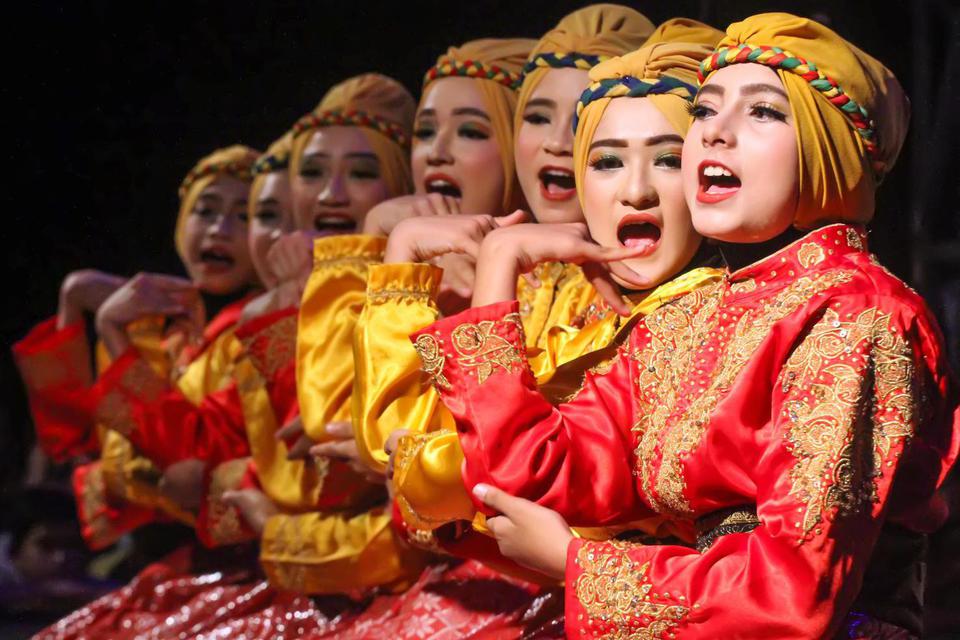
Dozens of dancers kneel to form a line and other shapes by doing movements whilst they sit and half-stand in a synchronised manner to perform the Saman dance. Not only do they dance, they also chant to Acehnese words as the background tunes.
The Saman dance has even been performed in many foreign countries and included by UNESCO in the "List of Intangible Cultural Heritage in Need of Urgent Safeguarding”. According to the Indonesian Education and Culture Ministry, the Saman dance was included in the Indonesian Record Museum (MURI) for the most Saman dance participants on 13th August 2017 which brought together 12,262 dancers.
JAVA
Reog Dance
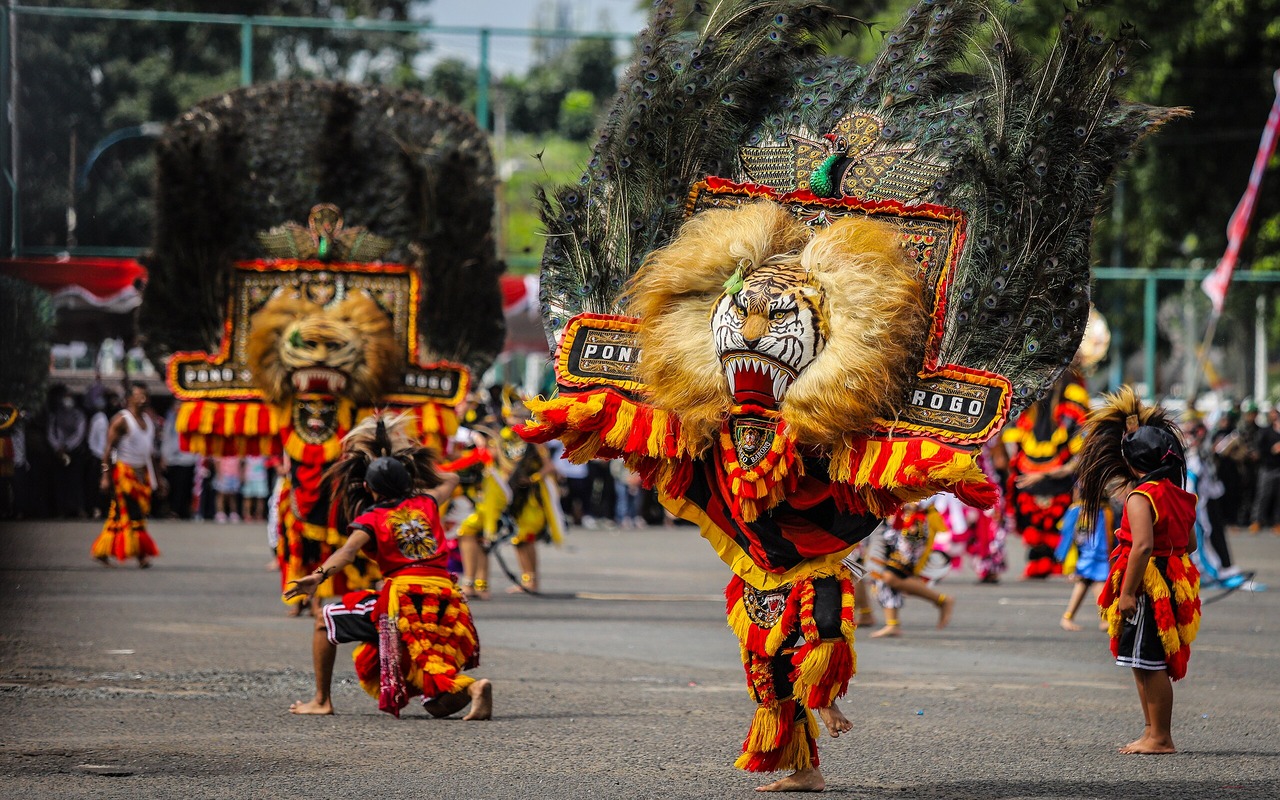
Ponorogo’s iconic Reog dance is show-stopping due to the performers merely using their teeth to lift the costume weighing almost 50 kg. The overall luxurious costume and agile movements performed by 20-30 dancers at once is used to gather the masses and is an effective communication channel for the rulers of ancient times.
Today, the Reog dance remains to be considered as one of the regional cultures in Indonesia that is still very much associated with mystical elements.
Jaipong Dance
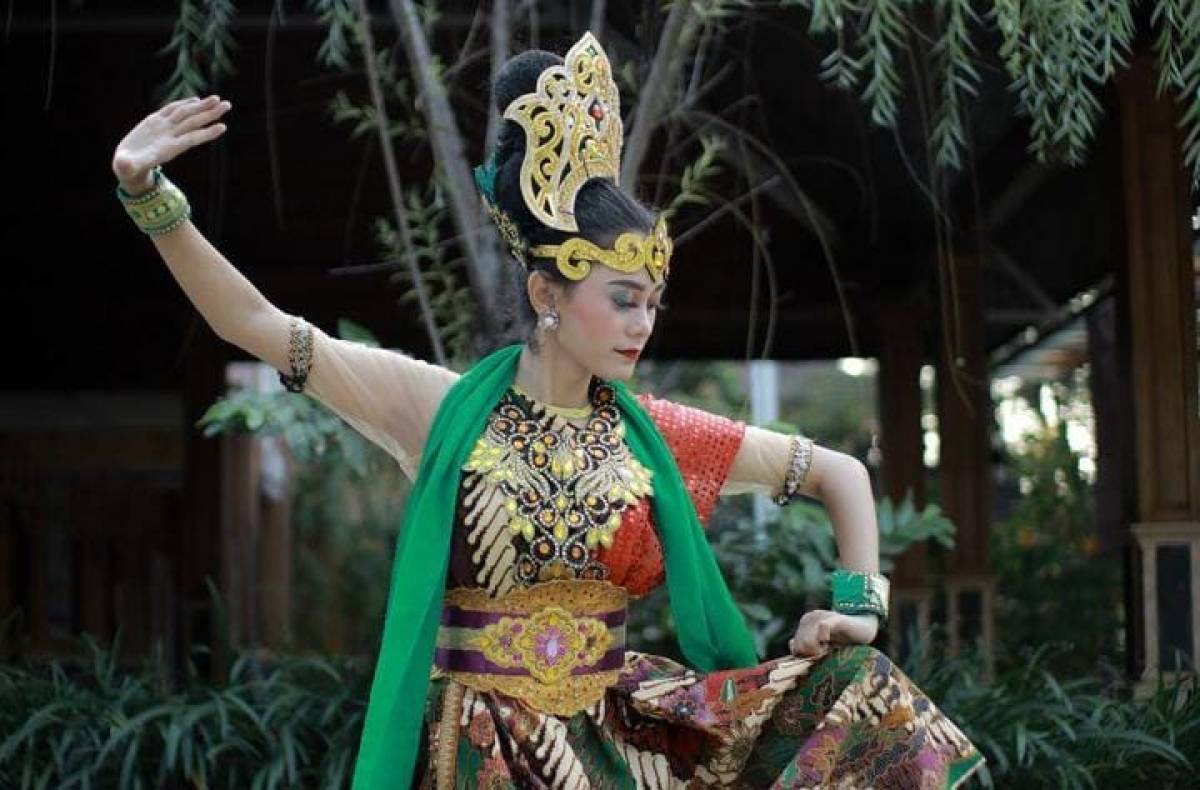
From Karawang, West Java, the Jaipong Dance refers to the artistic richness of the province combining various elements, such as martial arts, wayang golek (traditional puppetry), and ketuk tilu. This dance has simple and natural movements performed spontaneously. It showcases joy, sensuality, humor, and of course, enthusiasm to foster social bonds.
The tunes are derived from gongs, kecapi (zither), drums, and rebab (bowed string instrument). You can witness this dance during important events; welcoming processions of foreign guests and folk performances to name a couple.
Bedhaya Dance
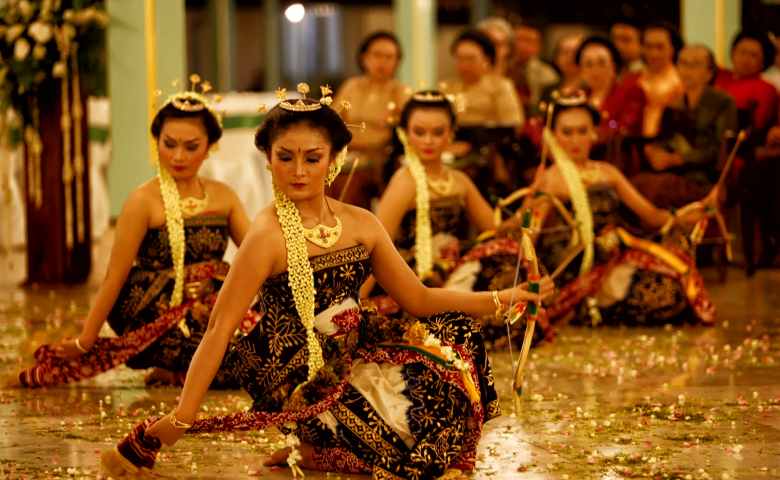
One of the regional dances originating from Yogyakarta is the Bedhaya dance. This dance is adorned with graceful and elegant movements performed by nine female dancers, accompanied by Javanese gamelan music.
According to local legend, this dance symbolises the Queen of the South Sea’s love for her husband, Sultan Mataram. The royal connection therefore involves many superstitions behind the preparations. Supposedly, the dancers are only allowed to rehearse every 35 days and they must undergo purification rituals and dress in bridal attire before performing in the royal palaces of Yogyakarta and Surakarta during coronations and anniversaries.
BALI
Kecak Dance
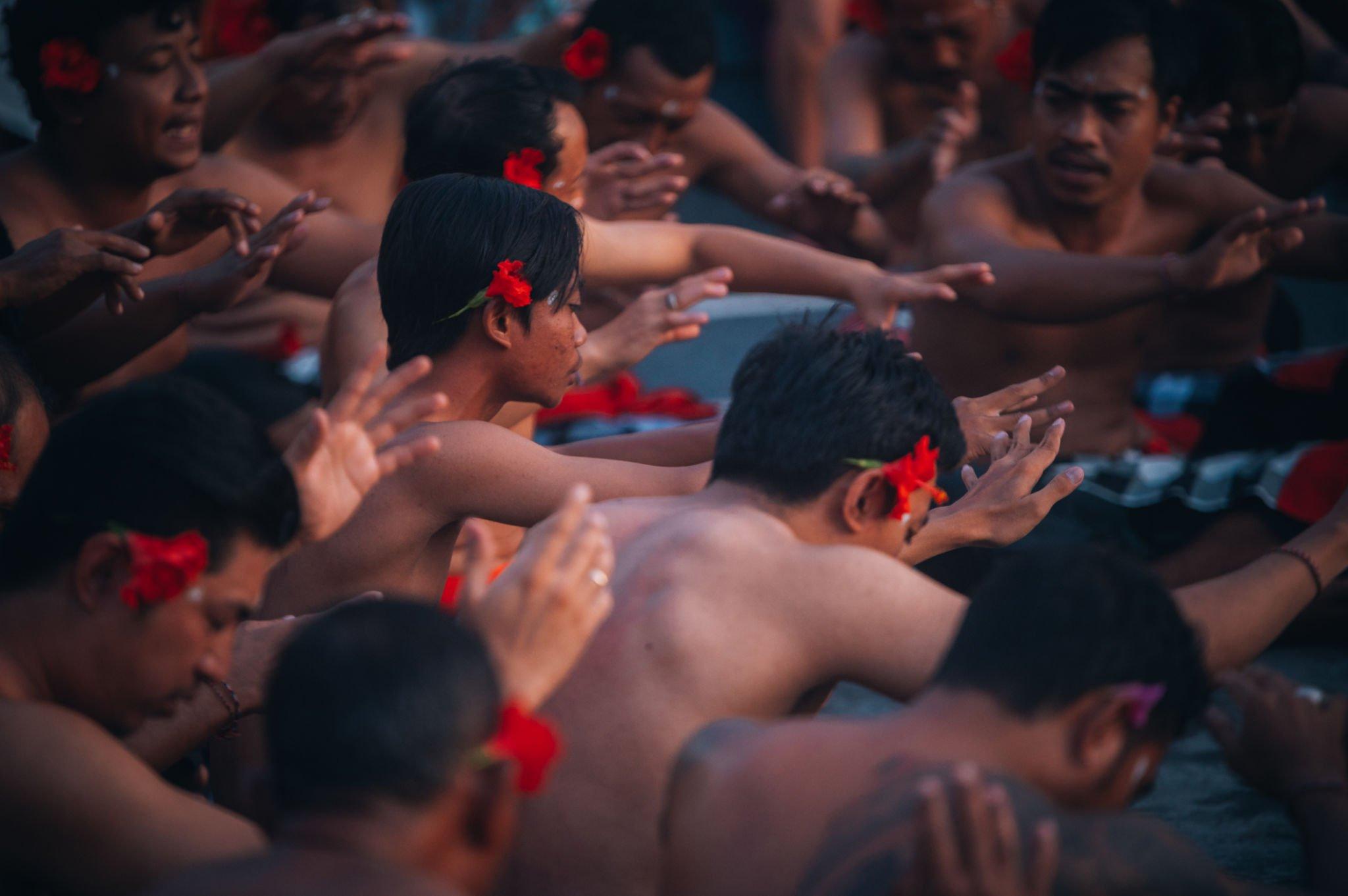
One of the must-do activities in Bali is watching a live performance of the Kecak Dance. Performed by dozens (or more) of male dancers sitting in a circle, no musical instruments are played in the background of the Kecak; rather the rhythmic chanting of the dancers going “cak” is done while both arms are raised up to the air.
This dance was created in the 1930s. It depicts the tale of Ramayana, where a group of monkeys accompanies Rama in his battle against Ravana.
Pendet Dance
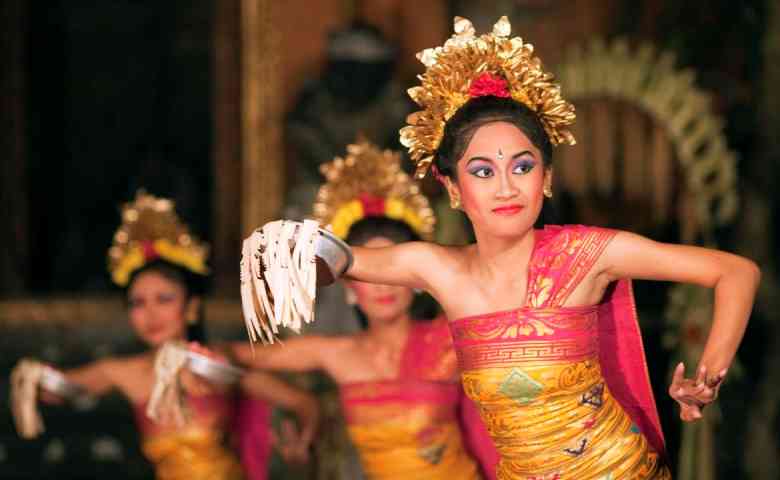
In Balinese society, the Pendet dance has two functions: a "wali" dance performed during religious ceremonies, and a "balih-balihan" dance performed during welcoming processions. The Pendet dance was exclusively used in religious ceremonies as it symbolised the welcoming of Gods and Goddesses descending to Earth. Due to its sacred nature and profound meaning, the Pendet dance cannot be performed just anywhere; it is only appropriate to perform it in a temple during Balinese Hindu customary ceremonies.
However, with the passage of time, the Pendet dance is now also used as a welcoming or greeting dance, and can be performed outside of the temple. Dancers wear traditional costumes in golden-coloured fabric while carrying a container of flowers that will be thrown into the air by the end of the dance.
KALIMANTAN
Papatai Kancet Dance
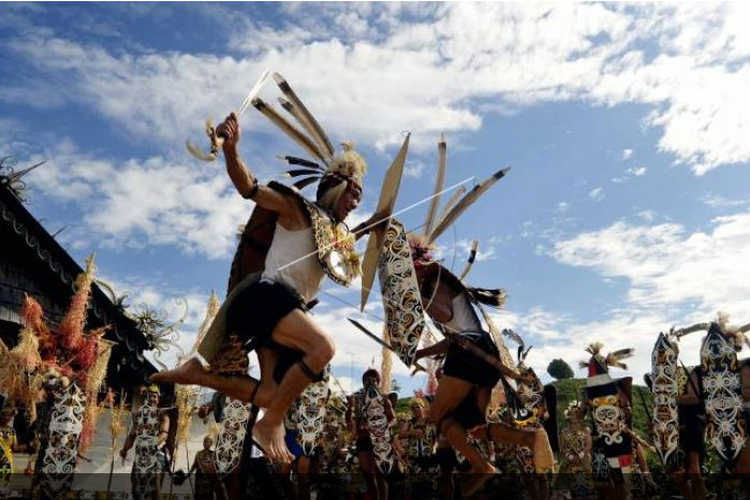
East Kalimantan’s Papatai Kancet dance depicts the war fought by the Dayak Kenyah tribe against their enemies. The movements in this dance are very agile, energetic, and accompanied by shouts from the dancers.
Mandau Dance
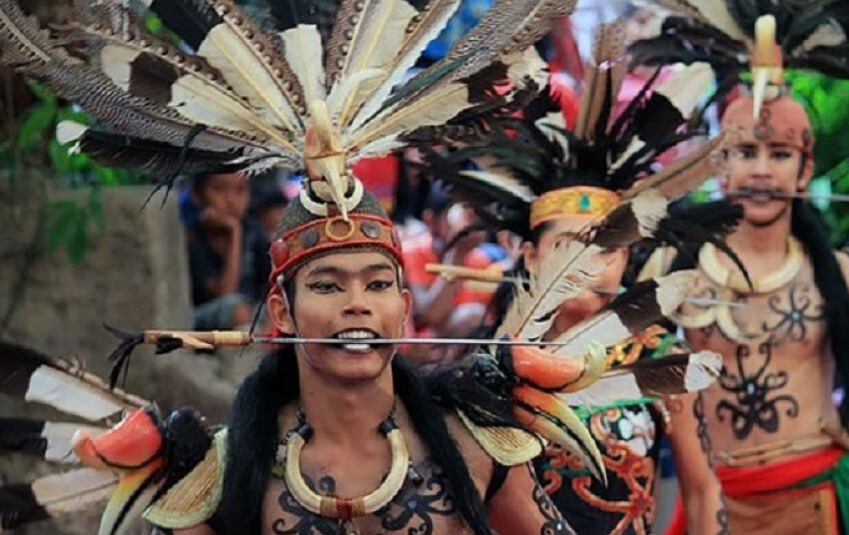
One type of dance from Central Kalimantan is the Mandau dance focusing on the "mandau", a traditional weapon of the Dayak tribe shaped similar to a machete or sword. The movement contains both impressive feats and beautiful artistry in handling the mandau and shield. Sometimes, the dance showcases dangerous stunts such as swinging and biting the mandau, performed by dancers who have undergone special rituals to avoid unwanted incidents.
SULAWESI
Pakarena Dance
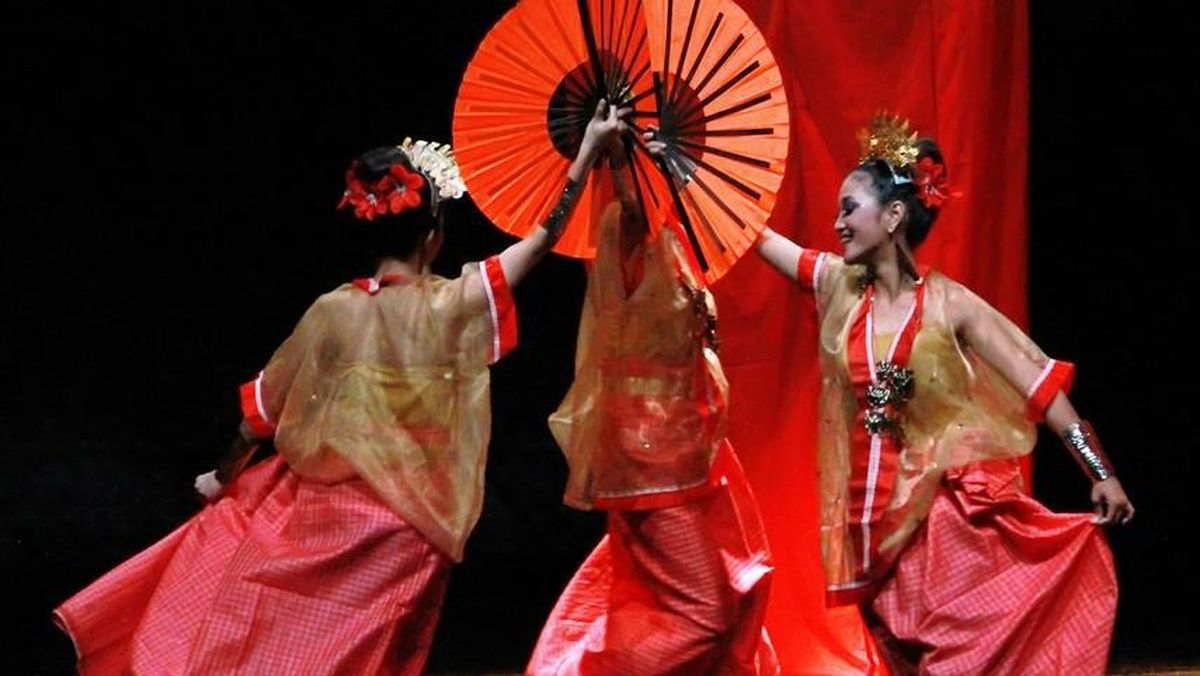
The qualities of obedience, politeness, and tenderness of Makassar women are performed by three, four, six or more female dancers presented through the Pakarena dance. This dance from Gowa, South Sulawesi has a unique principle where the dancers are not allowed to open their eyes too wide or lift their legs too high.
It’s synonymous with colourful fans swung with graceful movements by women dressed in festive clothes, creating aesthetically pleasing movements, accompanied by music called Gondrong Rinci. The natives believed that this dance told the tale of the separation between the figure of the God and the human. It became the official dance of the palace during the 16th King of Gowa.
MALUKU
Tide-tide Dance
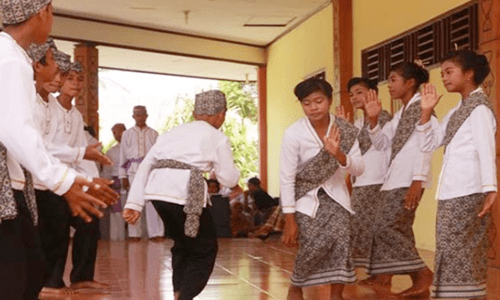
Couples get together to portray the social interaction between men and women of the past through the Tide-tide dance originating from North Halmahera, North Maluku. The costumes are made of white cloth and the traditional Maluku batik sarong while they dance barefeet.
Cakalele Dance
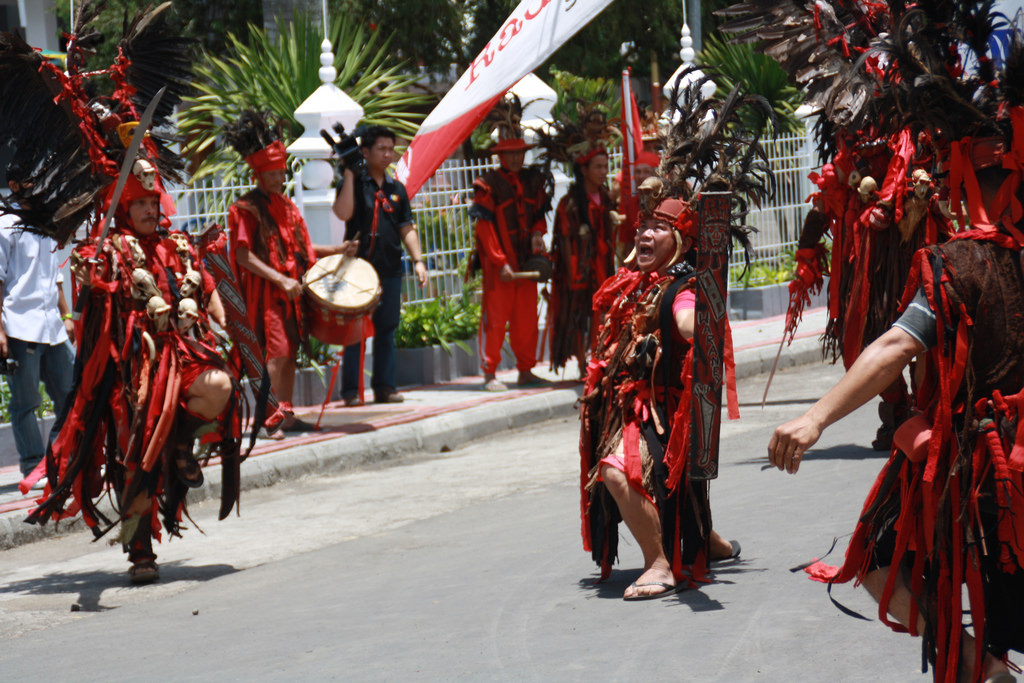
Unlike other traditional Indonesian dances, the Cakalele dance from Maluku is intended for expressing gratitude or representing the spirit of warfare. It’s normally performed by 10-12 male dancers, accompanied by musical instruments such as the tifa (percussion), flute, and bia (a large seashell flute). The movements and expressions of the dancers portray the brave and resilient soul of the indigenous people of Maluku.
PAPUA
Selamat Datang Dance
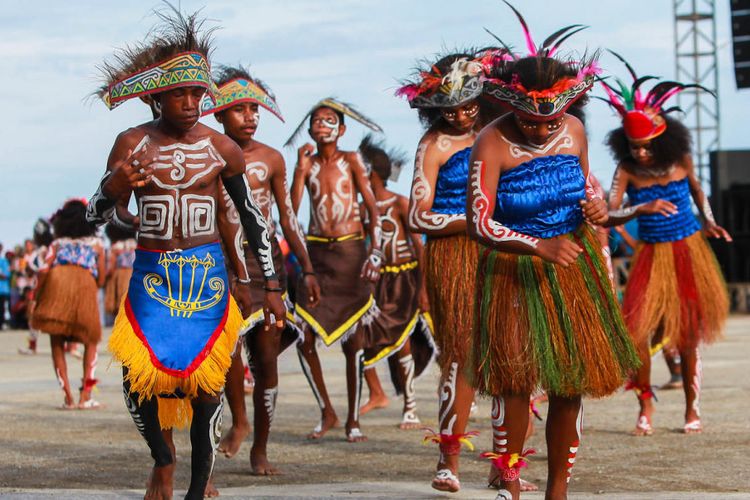
The Selamat Datang dance from Papua is often performed as a form of respect and gratitude for the joy of the Papuan people. Many unique aspects highlight this dance, one of them being performed together and using traditional Papuan attire complete with its characteristic weapons like spears, arrows, and other traditional weapons.
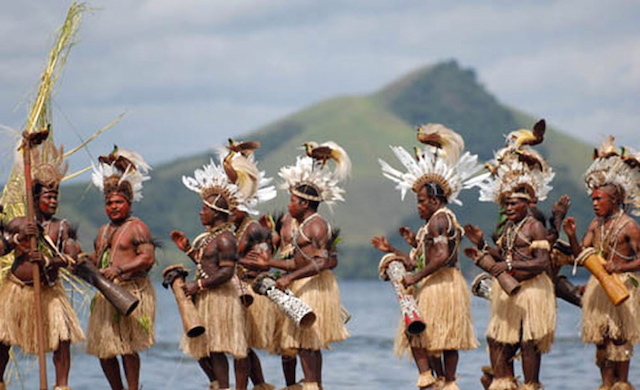
One of the largest tribes in the Papua Province is the Asmat. The Suanggi dance is an integral part of a traditional ceremony called "Suanggi", customarily performed in celebratory contexts, such as weddings, welcoming processions of important guests, or other cultural events.
This dance is considered an essential aspect of this ritual; believed to bring luck, protection, and blessings to the community, as well as an expression of gratitude towards nature and the Gods revered by the Asmat tribe. The movements reflect the Asmat way of hunting, fishing, and community activities. The leaps and twirls express gratitude and happiness.



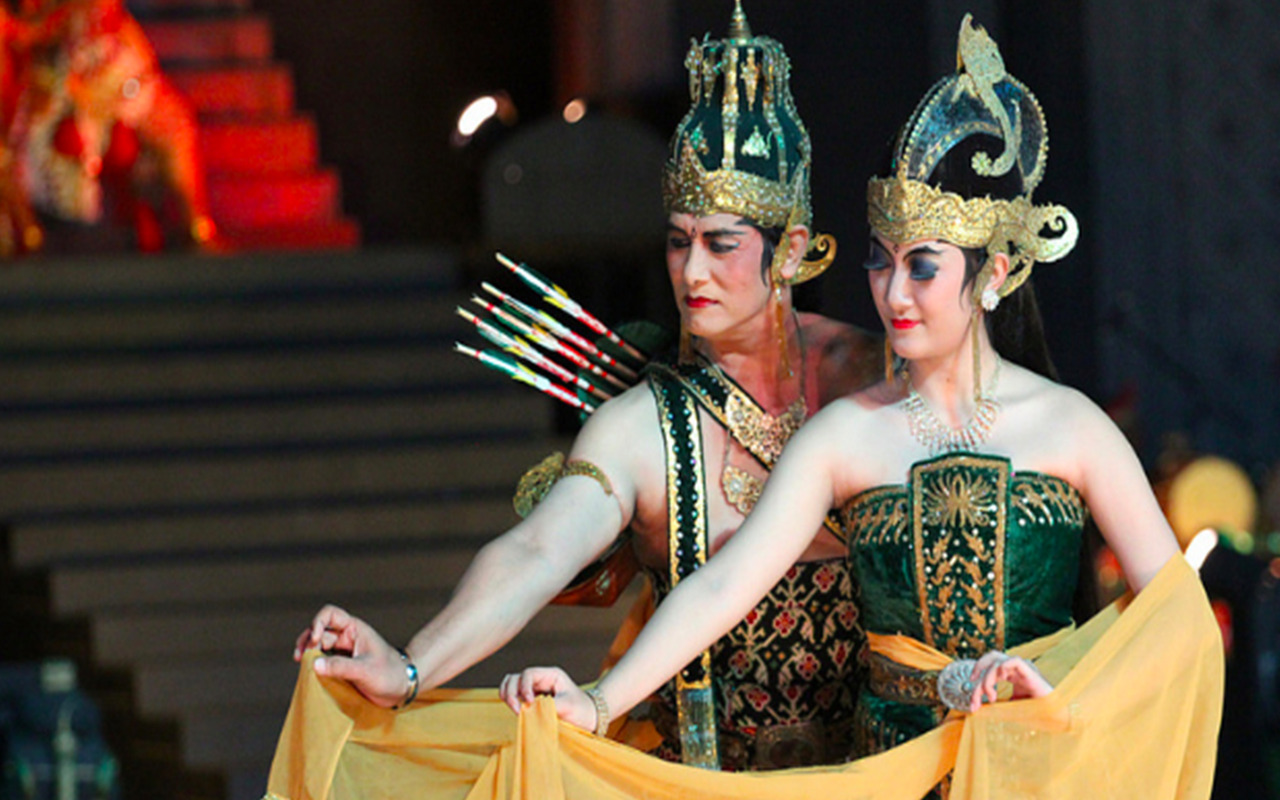
 Mirella Pandjaitan
Mirella Pandjaitan
 Jul 05, 2024
Jul 05, 2024